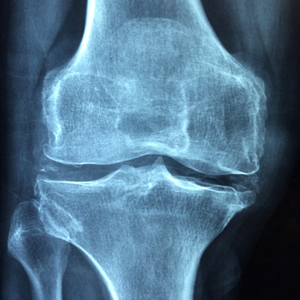Potential of molecular biophysical stimulation therapy in chronic musculoskeletal disorders: a narrative review

Accepted: 29 October 2023
HTML: 13
All claims expressed in this article are solely those of the authors and do not necessarily represent those of their affiliated organizations, or those of the publisher, the editors and the reviewers. Any product that may be evaluated in this article or claim that may be made by its manufacturer is not guaranteed or endorsed by the publisher.
Authors
Current treatment of chronic musculoskeletal diseases does not give sufficient results despite the implementation of novel drugs and techniques in orthopaedics and physical therapy. For instance, osteoporosis treatment is currently mainly limited to drug application, while the goal of osteoarthritis treatment is to mitigate pain symptoms through physical therapy. The main therapeutic principle in the management of osteoporosis is not only to increase bone mass, but also to improve bone and the cartilage quality, which depends on the biomechanical balance. Therefore, there is a strong demand for advanced technologies that would safely and non-invasively accelerate cartilage regeneration and improve bone density. Ten years ago, a new state-of-the-art technology - “Molecular biophysical stimulation therapy (MBST)”, specifically nuclear magnetic resonance therapy, emerged on the medical technology market and until now, it has shown successful results in the conservative treatment of musculoskeletal disorders, including back pain. The aim of this review is to provide an integrated, synthesized overview of the current evidence of efficacy of MBST for managing chronic musculoskeletal disorders.
How to Cite

This work is licensed under a Creative Commons Attribution-NonCommercial 4.0 International License.
PAGEPress has chosen to apply the Creative Commons Attribution NonCommercial 4.0 International License (CC BY-NC 4.0) to all manuscripts to be published.

 https://doi.org/10.4081/ejtm.2023.11894
https://doi.org/10.4081/ejtm.2023.11894



